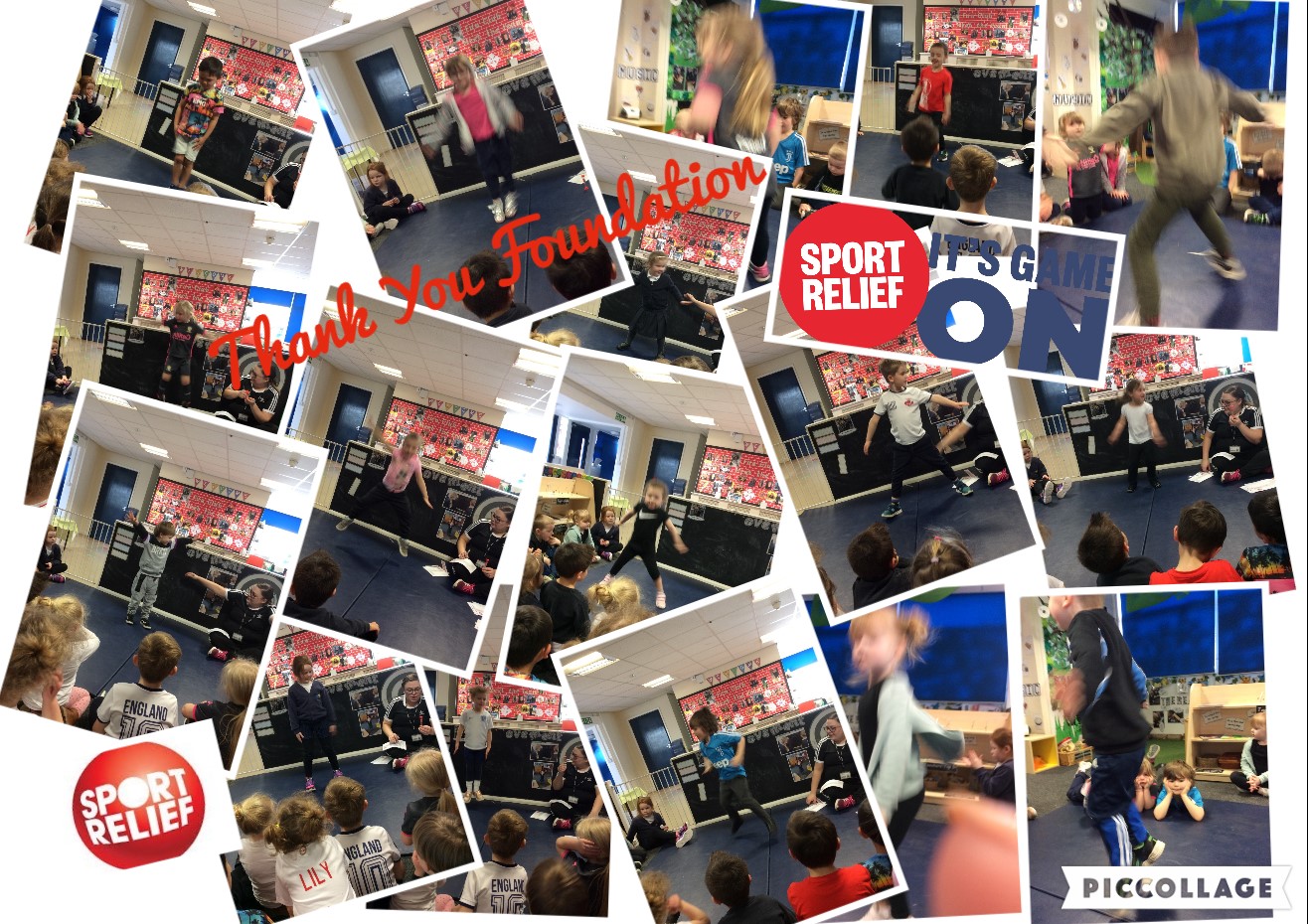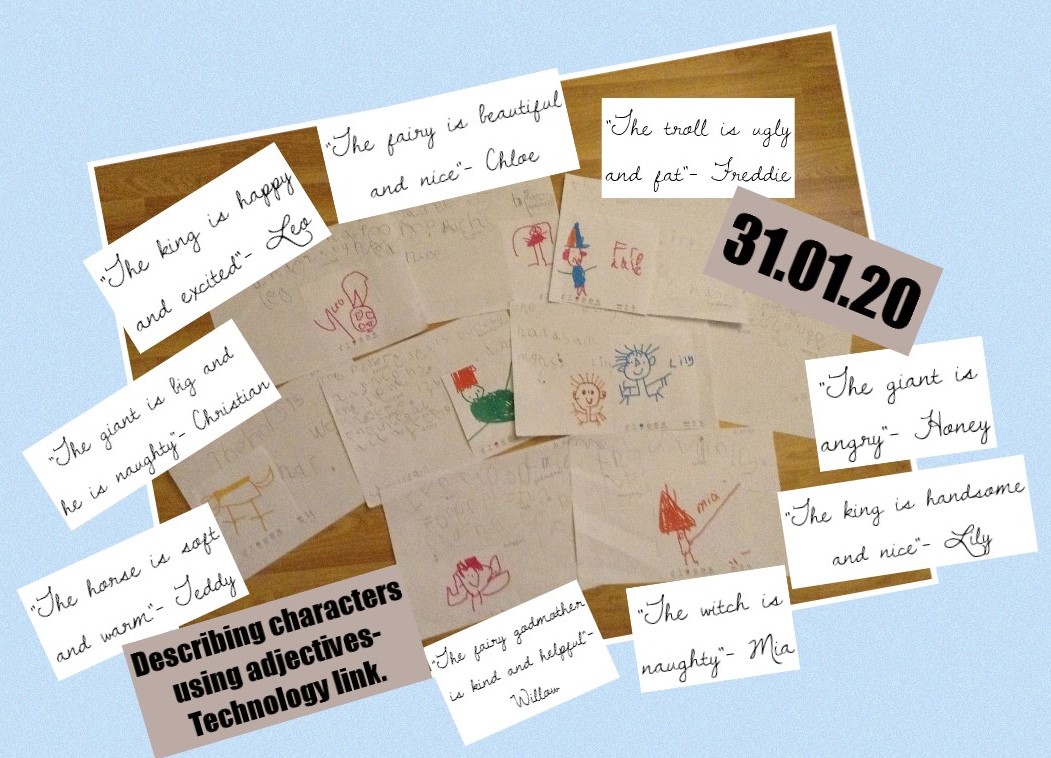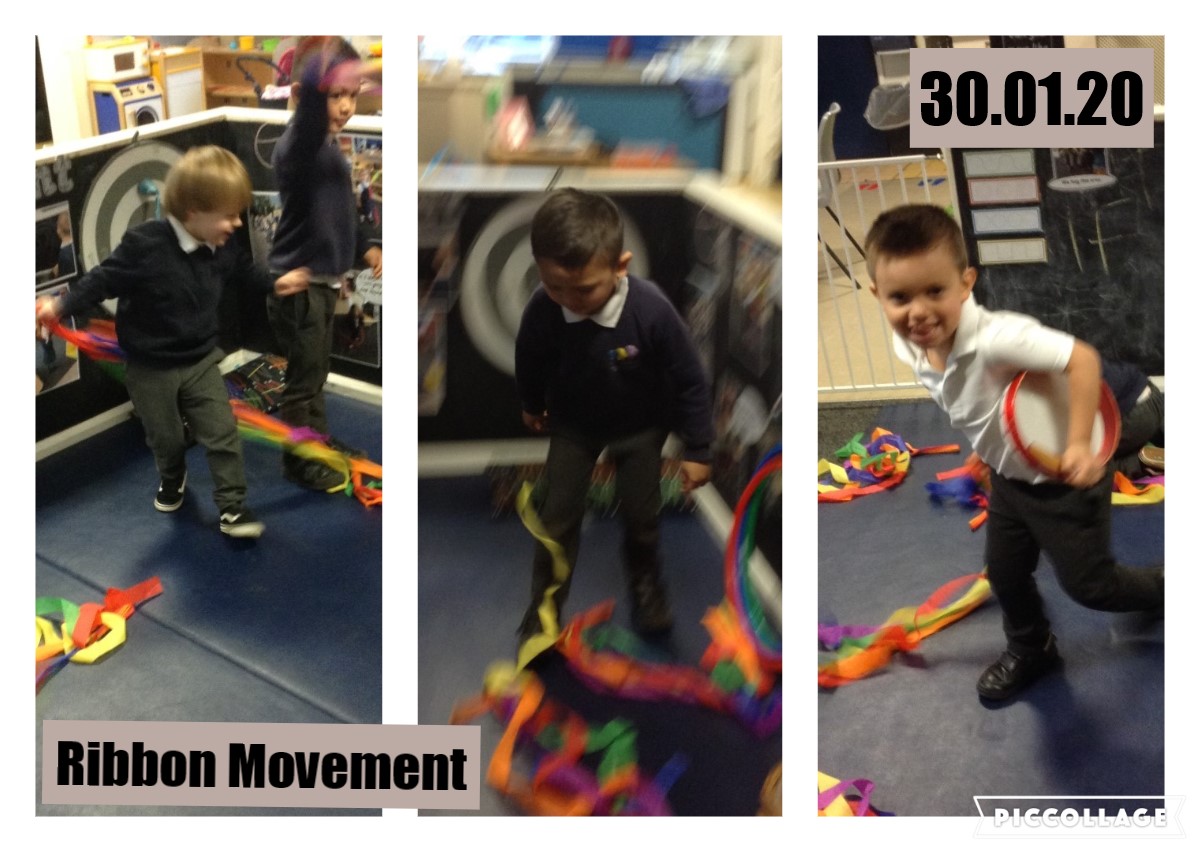Sport Relief 2020
For our Sport Relief ‘Game On’ challenge, Foundation challenged themselves to see how many star jumps they could do in 30 seconds.
It was super-tricky to get all of our limbs working together as we jumped out into our star shape and back again. We began the challenge on Thursday during PE and yesterday attempted to beat our personal best! Every child managed more jumps than the previous day with our ‘most improved’ being Lily who jumped 20 extra star jumps! Wow!
Thank you to our parents who generously donated to this important cause.
Home-Link w/c 16 March 2020
This week’s home-link ties in with our sport and health themed challenges of the week and has a hygiene focus. At this moment in time we are being extra vigilant with our hand-washing and hygiene routines but health and hygiene are something we embed every day in Foundation class. An important achievement we look for in the Prime area of Physical Development; Health and Self-Care (40-60m) is:
(Children) “Show some understanding that good practices with regard
to exercise, eating, sleeping and hygiene can contribute to
good health”
We would like you to ask your child; “What are the ways that we can keep healthy?”
Please record your child’s responses (in their own words) and either send this to us via email or written on paper and handed in to a class teacher. Thank you.
Collective Worship
On Wednesday, Year 3 and 4 led our collective worship based around our Christian value of Forgiveness.
They opened collective worship with our welcome to worship “God is with us” as we lit the candle.
We heard a story about Omar and Freddie. Omar accidentally broke Freddie’s airplane. Poor Freddie was sad so he purposely kicked Omar’s football into the road and it got run over by a lorry. The boys fell out but missed spending time with each other so eventually forgave each other.
Year 3 and 4 taught us that forgiving helps friends to be friendly again and forgiving others makes us happier.
We closed collective worship with a song chosen by year 3 and 4, saying the Lord’s prayer and our blessing.
Supporting your child to stay safe
We continue to try and keep you updated as much as possible with how you can keep your child safe in many situations.
The posts and information about Fortnite and screen time have proved popular for parents – it seems online safety is an area that parents would like lots of support.
Here is our next factsheet with some hints and tips about how you can support your child stay safe during using WhatsApp. The guidance around WhatsApp recommends that users should be 16 years old. We know that a lot of our children use WhatsApp so decided it would be helpful to support you in monitoring your child’s use of the app.
As always, if you’ve any questions, comments or concerns, please chat to someone in school.
Techno-links, friendship and more….
This week in Foundation, the F2 children explored one way in which we use technology with purpose; to find information on our topic. The children came up with their own questions about the royal family and with the support of an adult, used a search engine to find their answers. As one of their writing focuses, they recorded their answers. Be sure to check out your child’s writing progression book, on the parent shelves, to see what they asked.
A big well done to our Star Writer this week, Christian, who asked:
“How often does the queen wear her crown?”
The answer he found also introduced us to a new ‘wow’ topic word: Coronation.
Later in the week, we mixed writing with technology again! After some AMAZING descriptive sentence writing about fairy tale characters, the children used the ‘doodle’ app to draw an illustration that matched their words.
Our technology work leads us into our learning next week, when we will be thinking about online safety.
In maths, we have been using our play ‘shop’ to work on our counting and addition skills. We have also been practising verbalising number sentences and have been introduced to doubling.
We have enjoyed exploring our new ribbons and large elastic in the movement play area to stretch our muscles and make large movements.
Well done to the children who completed their home-link challenge this week and stood at the front of the class to talk about their favourite castle-based story. We loved hearing your ideas in talk time.
Home-Link Challenge
Last week, we had a circle time where we spoke about how it feels inside our bodies when people are kind to us and how it feels when they are not. We then chose five kind things to say about each friend. The ‘friendship hands’ will soon be on display in the classroom.
Foundation is a crucial time for developing communication and socialisation skills. All of the children are learning through their first experiences with friends, how to manage and how to respond to both positive and negative interactions. The Early Years Team focus on personal and social development (as one of the prime areas) in everything we do. We focus on addressing issues positively through lots of emotion exploration and activities that help us to see the good in each other. We know that for parents, it can be distressing to see our children upset or having concerns about their friendships. We are thankful that our parent partners work so well with us to support their children, by letting us know about any concerns they may have. We see beautiful, kind moments from all of the children every day in our class. We are proud to see the steps the children are making towards building emotional resilience and confidence in their relationships.
With this in mind, we would like to join the rest of the school this week by focusing on mindfulness as our home-link challenge.
It is super-tricky to get our youngest children to sit still for thinking and breathing time but we have found a lovely short video with ‘Mindful Ozzy’ that perfectly explains mindfulness and why it helps us:
To watch the video with your child, click here
Please use the video as a way to open a discussion with your child on their feelings about themselves, school and their friends.
Parents Evening Appointments
Next week, our appointment times will become available to sign up for at the school office. To make places available for all of the children, we have appointments:
Until 5pm on Tuesday 11 February.
Two slots only on Wednesday 12 February (3.30pm and 3.40pm)
Between 5pm and 6.40pm on Thursday 13 February.
If possible, we would like for F1 pupil appointments to be made either on the Tuesday or Wednesday so that Miss Feldman can be present at the meetings. For this reason, we would like for F2 parents (if possible) to opt initially for appointments on the Thursday. We appreciate that our recommendation may not be suitable for all parents and you may of course sign up for any available slot you would like. These are allocated on a first come, first served basis.
Thank you.
24 January 2020
| Prefix co- and re- + tricky words
Learn for a spelling test next week. |
|
| co-operate | re-emerge |
| co-own | re-invent |
| co-ordinate | re-tell |
| co-exist | beautiful |
| which | really |
Another busy week in Foundation!
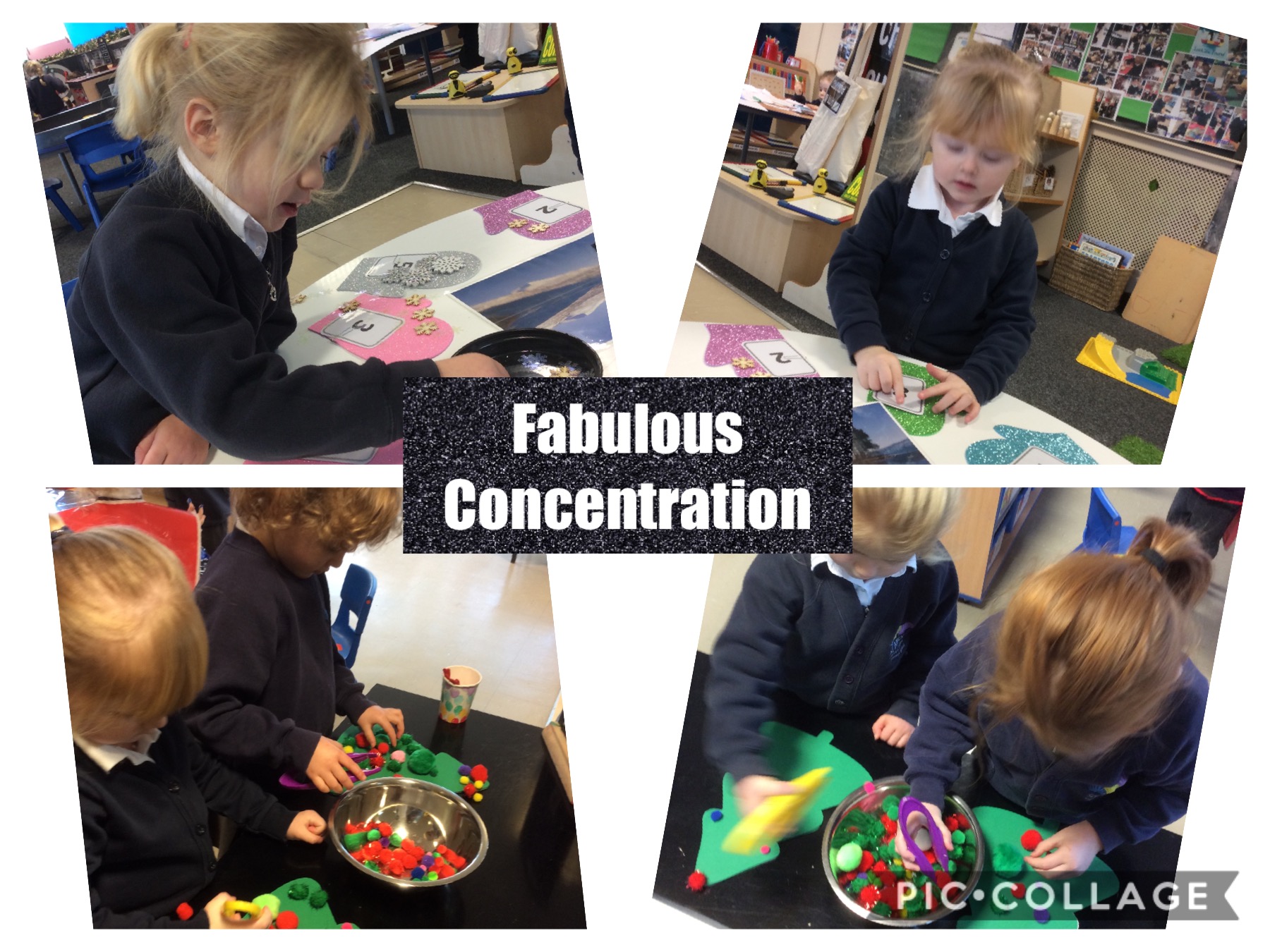
In maths our focus number is number 6. F2 children used the Numicon to make 6 in different ways. We have also been making up number stories using the polar animals. We are going to continue this learning next week.
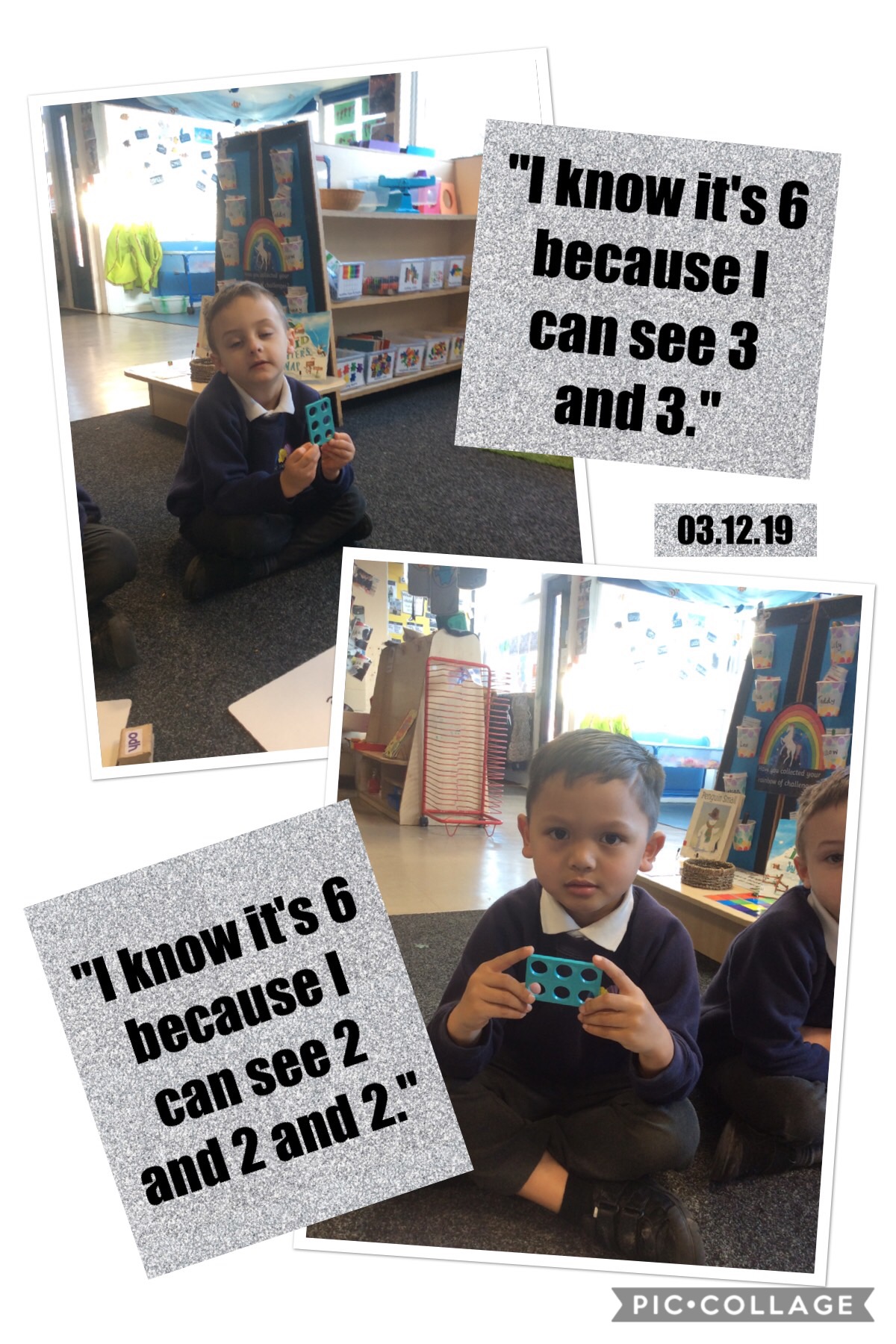
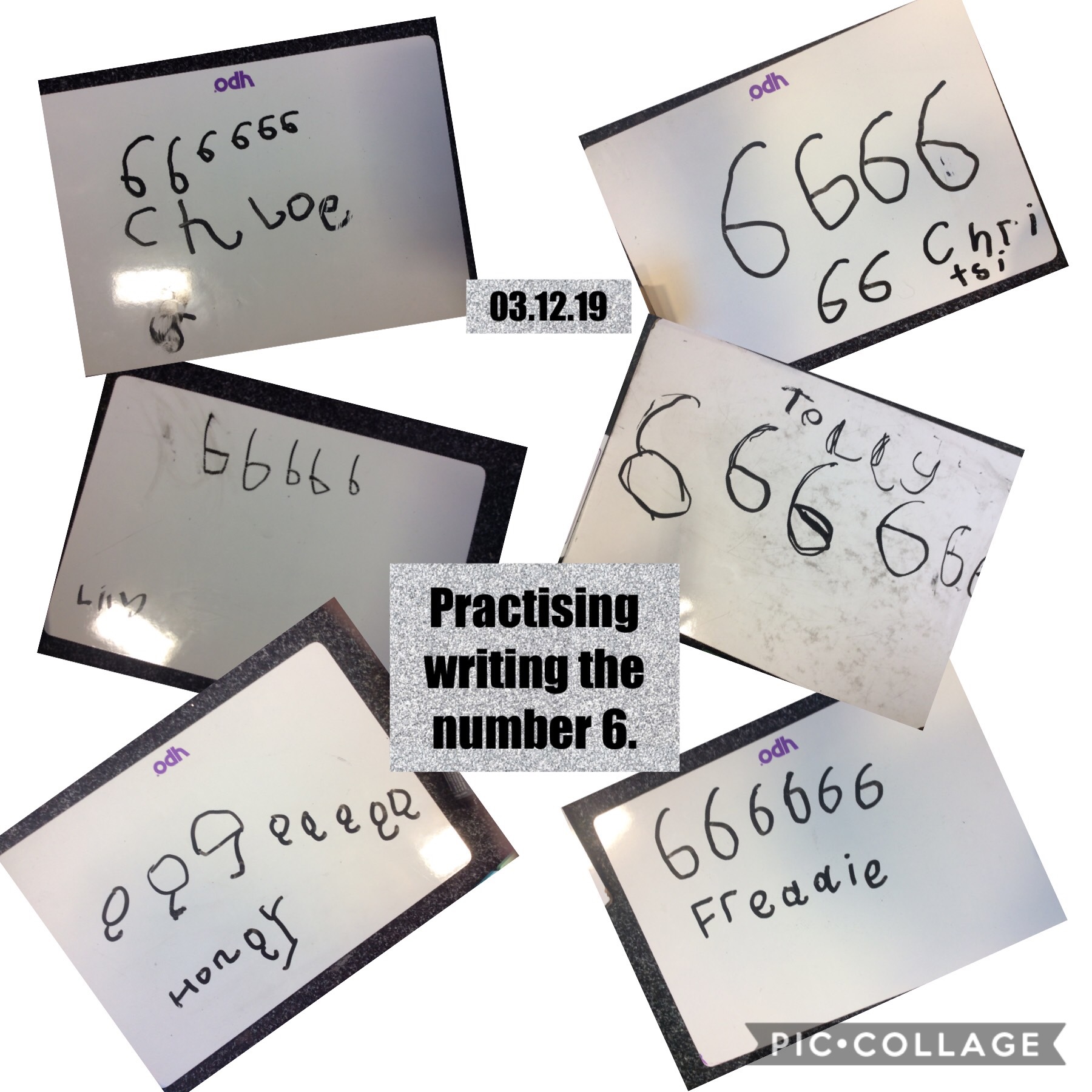
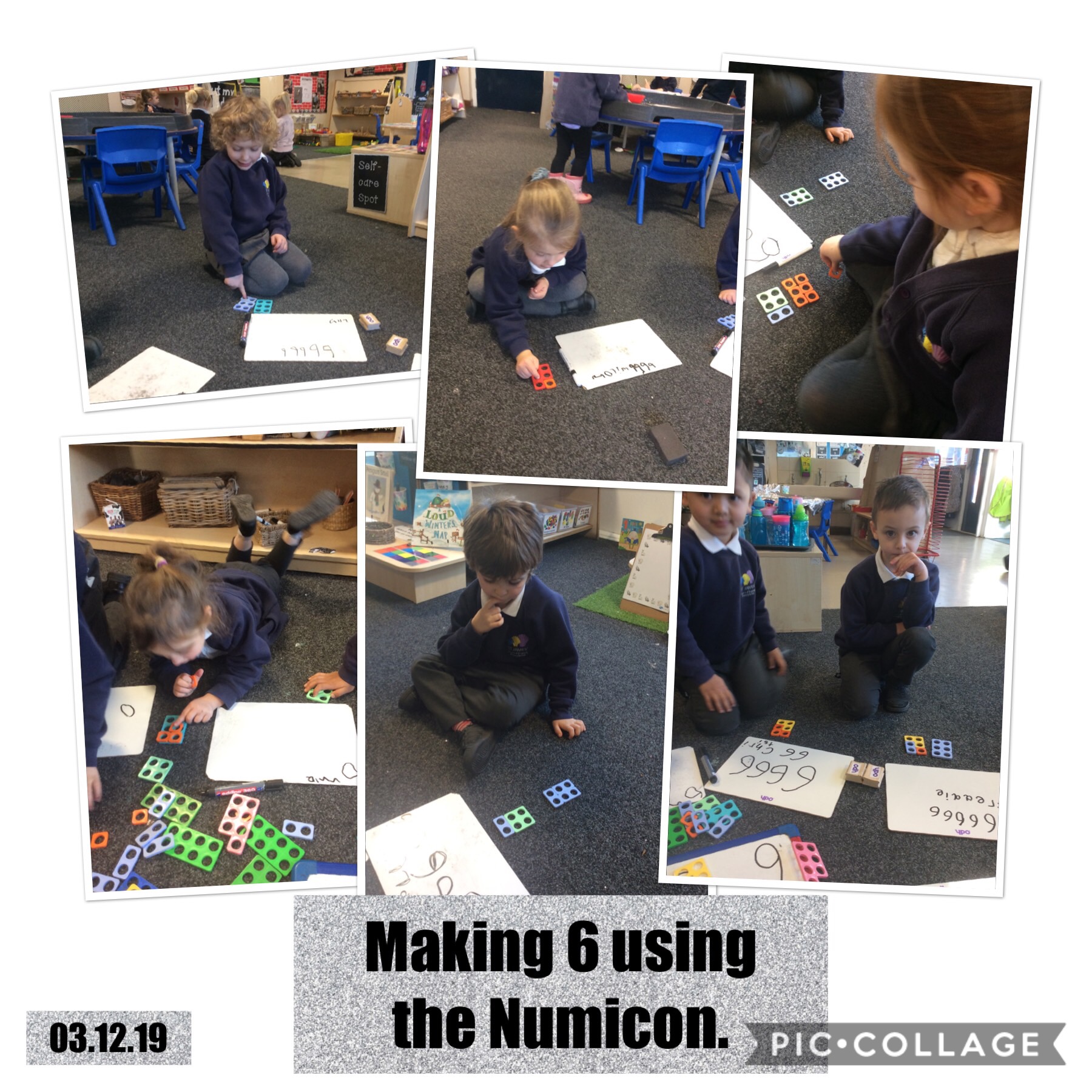
We try to make phonics fun and active for the children. This week we played Musical Blending. The children dance around and when the music stops they jump on a CVC word and blend it. This is a simple game you can play at home!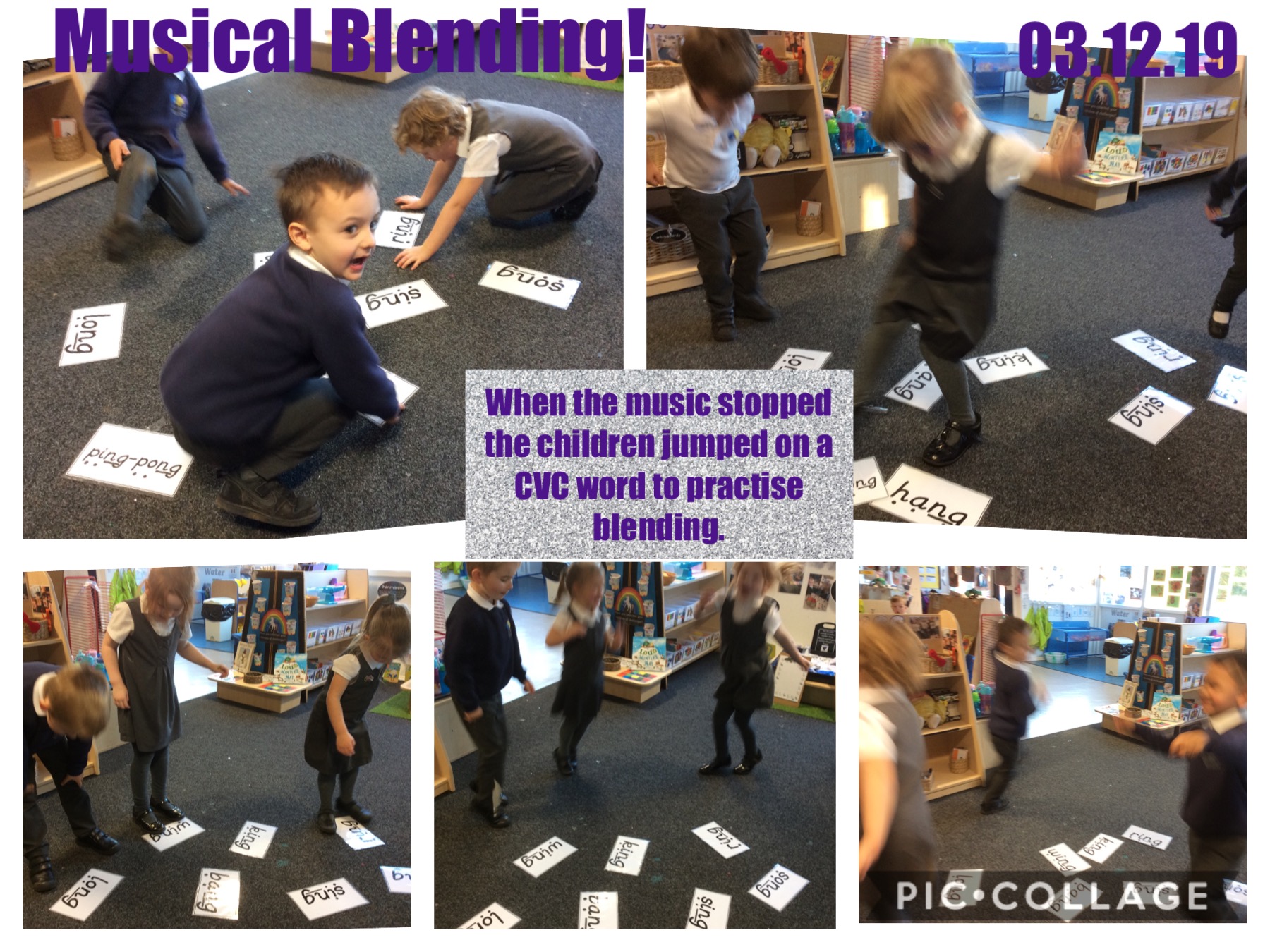
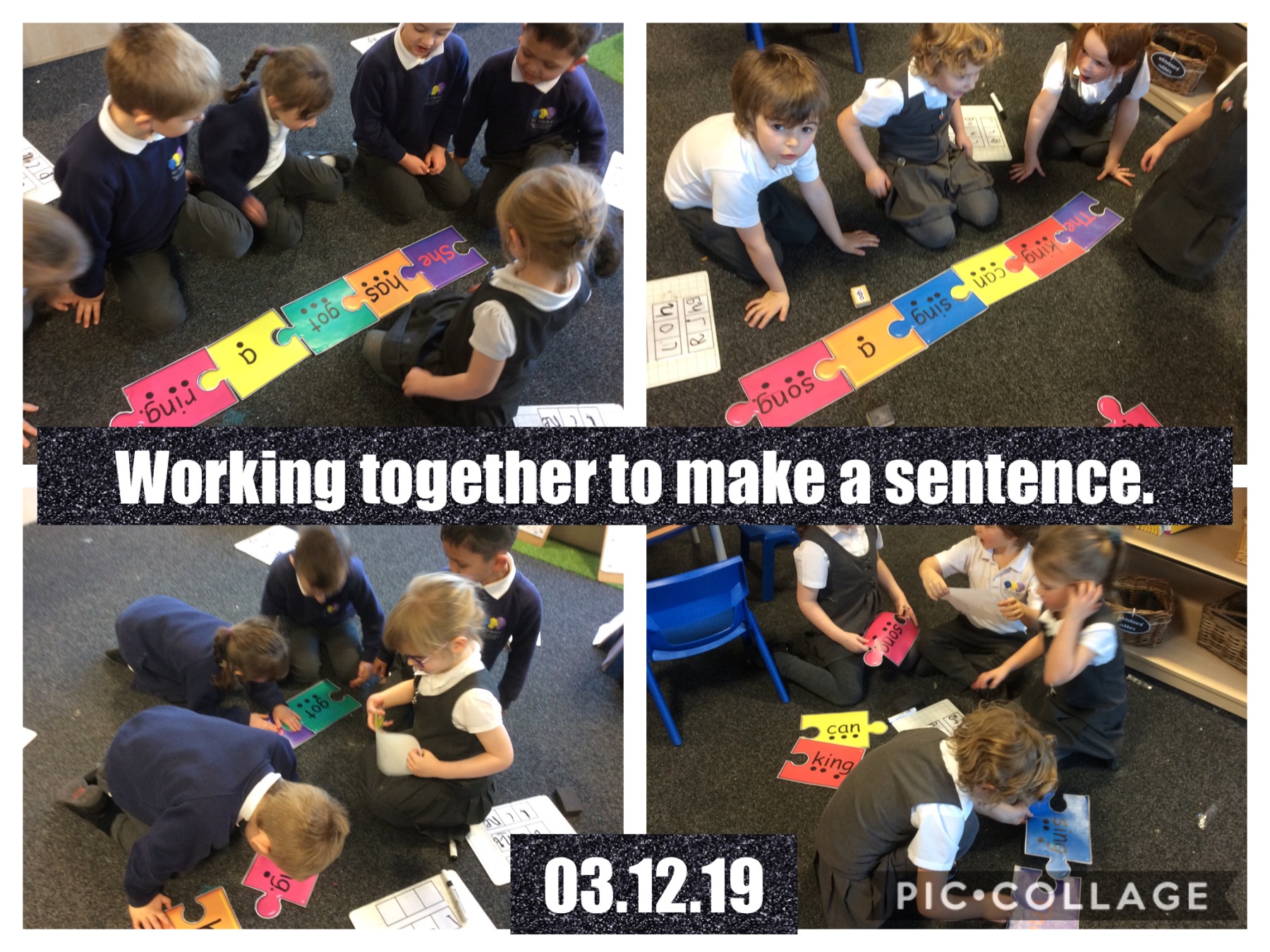
One of the challenges this week was to paint an icy picture using their fingers. The children mixed white and blue to make different shades of blue.
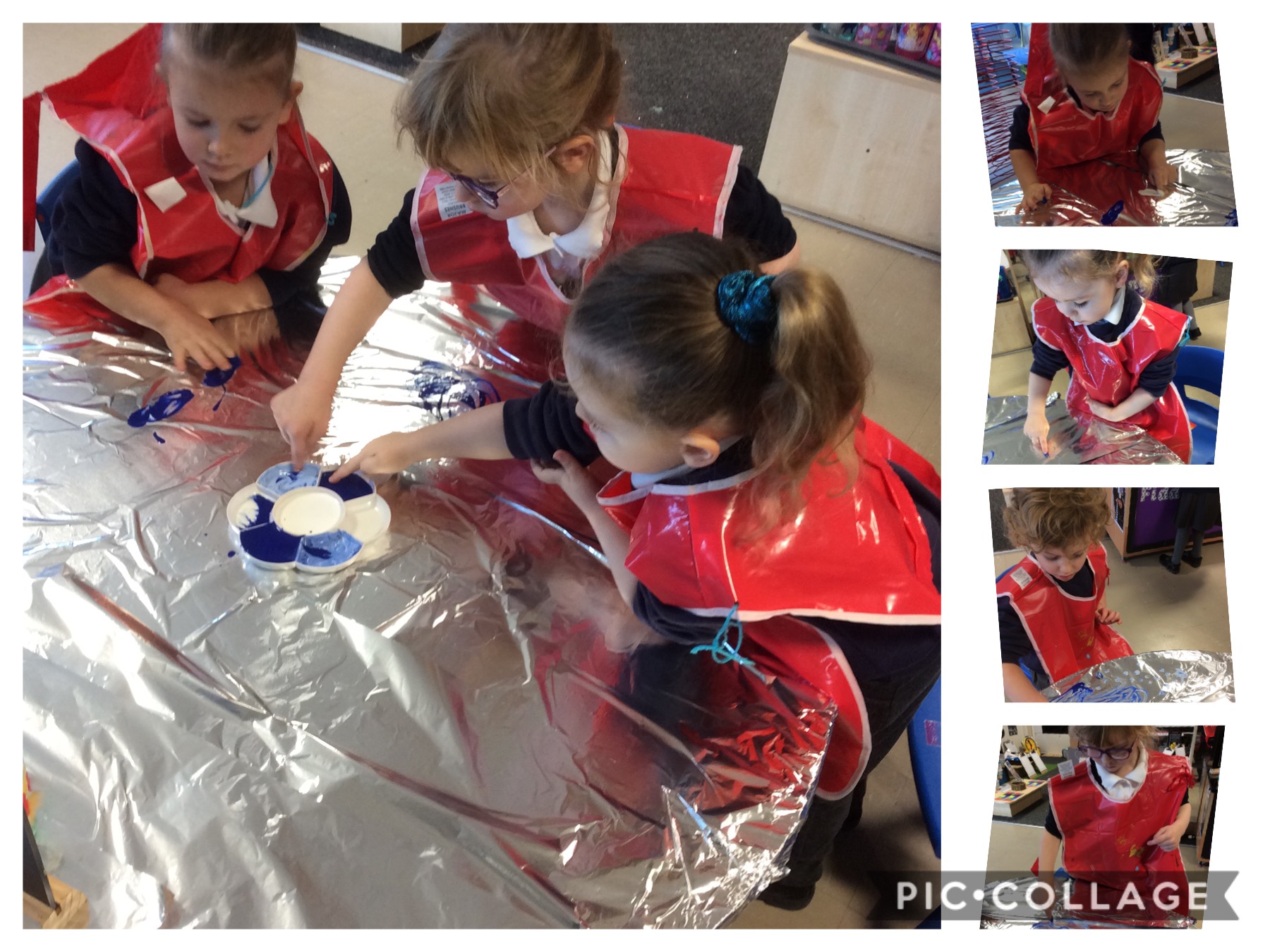
Friday 15 November 2019
Friday 15 November 2019
This week, the whole school has the same Creative homework which children should be ready to discuss as part of our homework review on Thursday 21 November.
I know how to STOP bullying.
This homework is a response to our learning this week during anti-bullying week. Throughout the week, each class has had the chance to talk about what bullying is, what the different types of bullying are and how we can STOP it:
- Start
- Telling
- Other
- People
As part of your discussion you may find our school definition of bullying useful, as agreed by our School Councillors:
Bullying is when you hurt someone, physically or emotionally, several times on purpose.
As the homework is Creative, you can do anything you want to respond to the statement. Here are a few ideas to help you:
- Create a cartoon strip of a bullying scenario and how it is solved.
- Create an acrostic poem using the word bullying.
- Write your own ‘kindness statements’ for your class.
- Create a scenarios quiz for your class to decide what they would do.
Fiddly Fingers Stay and Play
What a wonderful Stay and Play we had after school. So lovely to see families playing and learning together. Thank you to our parent partners who came today.
Check out all of the fine motor skills we have used this evening…
27 September 2019
Focus : ee, ie, ea, ey, y, e-e
We have been continuing to learn words which have the ‘ee’ sound. On the grid that is glued into your book find as many words as you can which use the ‘ee’ sound and put them into the correct column.
Hint: use last week’s spellings if you are struggling to think of words.
20 September 2019
This week’s homework is Practice Makes Perfect and is due on Thursday 26 September.
This week, we have been identifying and using a range of adverbs in our writing.Adverbs are words which add more information to verbs. They can be about time, manner and place. Sometimes they end in -ly but not always.
Your child has a sheet to complete on identifying and using adverbs.More information on adverbs can be found here.
